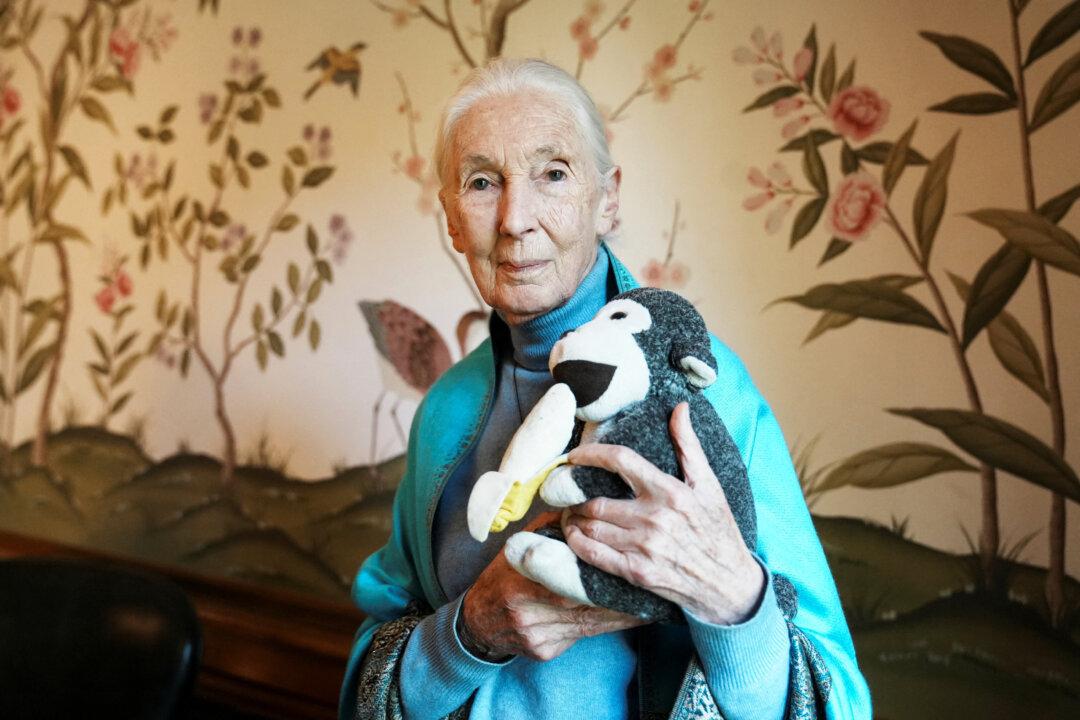London—The yuan slipped towards a seven-month low on Tuesday after China cut interest rates, while the Swedish crown weakened to its lowest level since 2009 against the euro on persistent concerns about the real estate sector.
China lowered its one-year and five-year loan prime rates (LPR) by 10 basis points, the first such easing in 10 months as authorities seek to shore up a slowing economic recovery.





